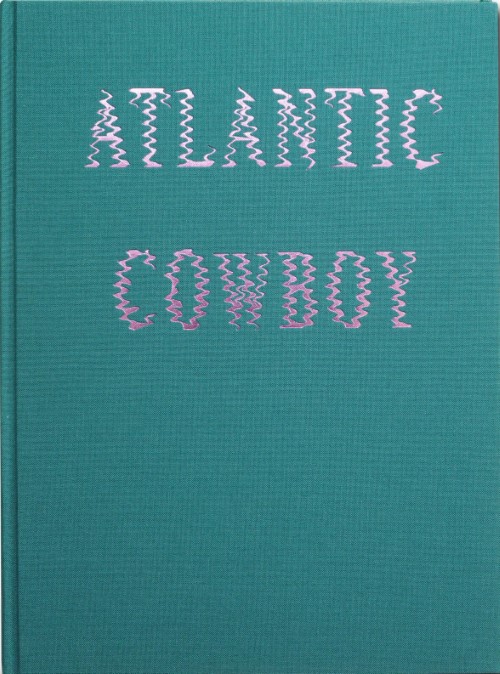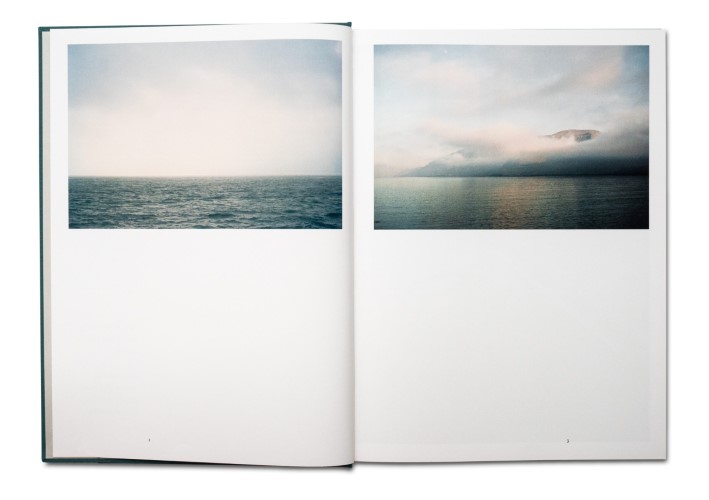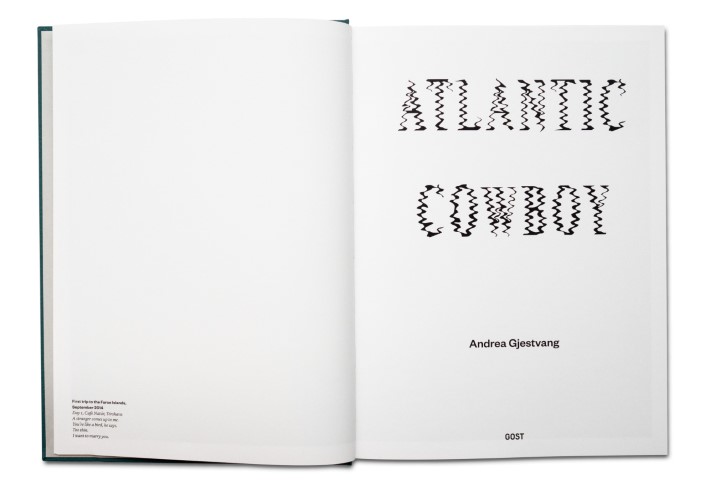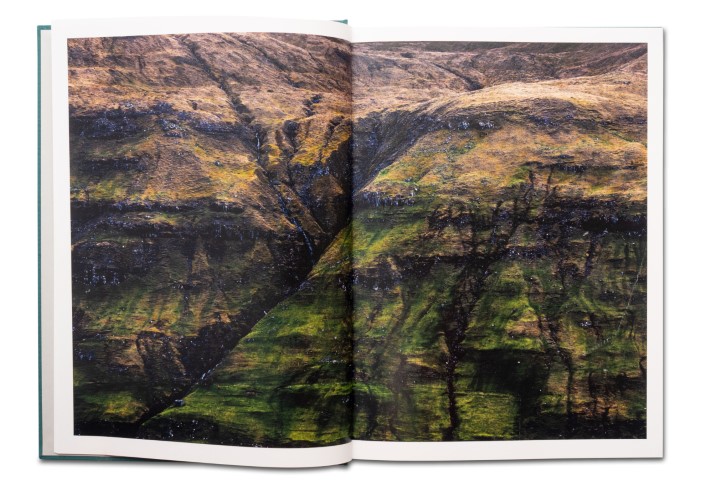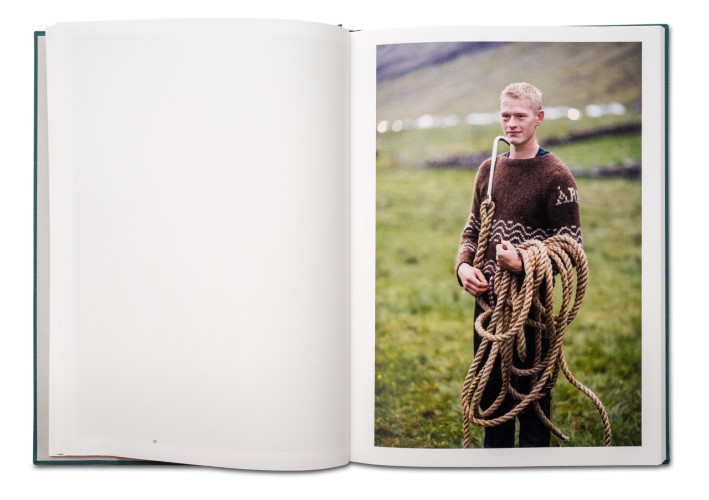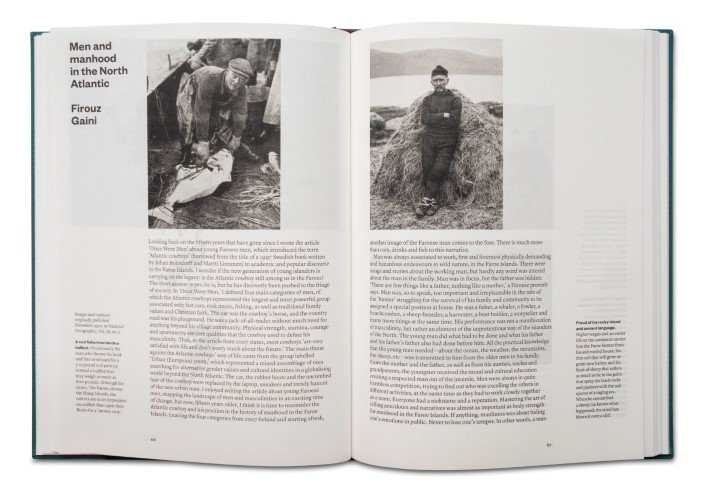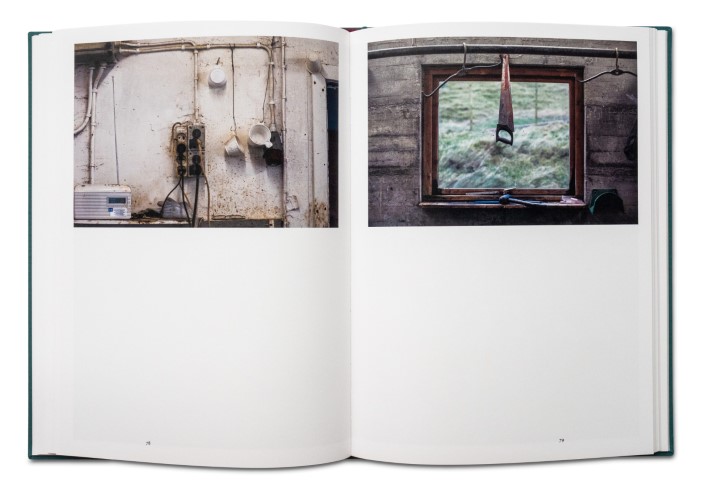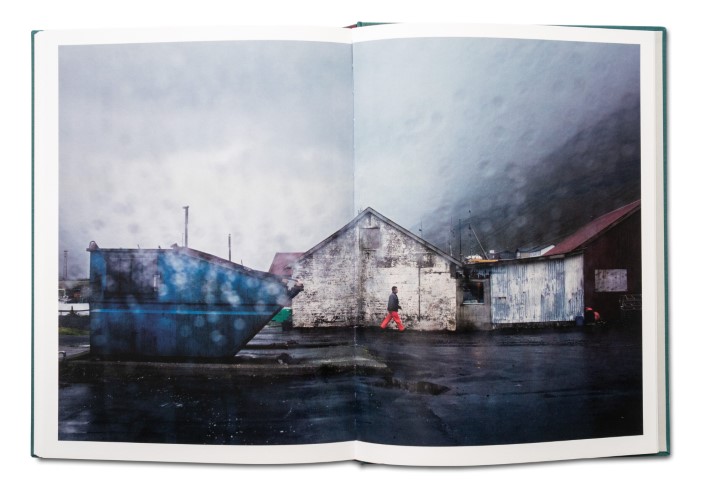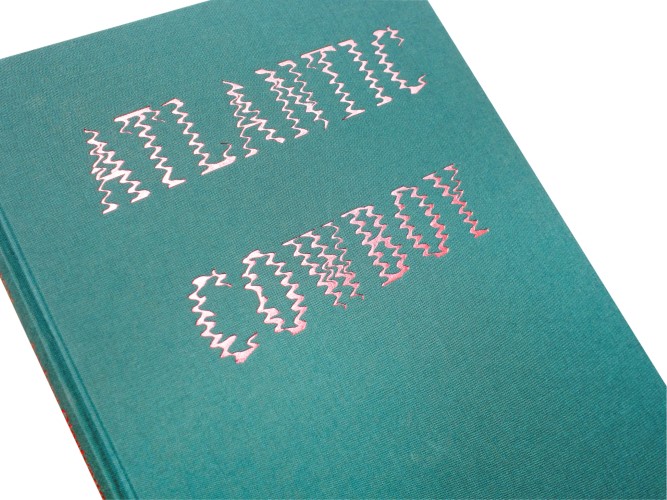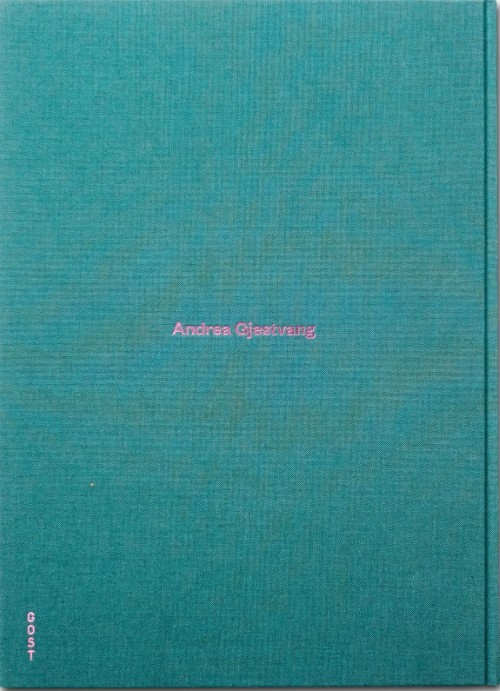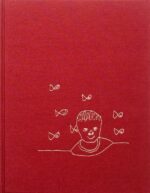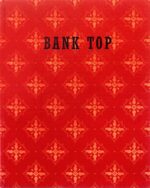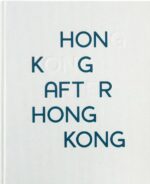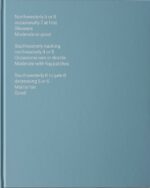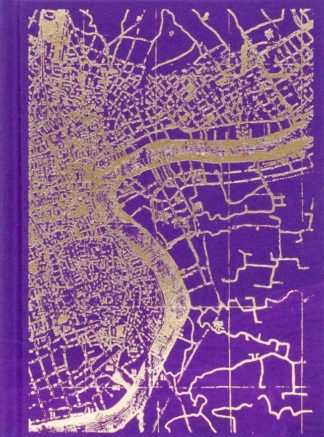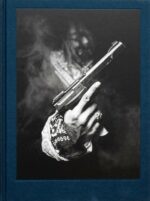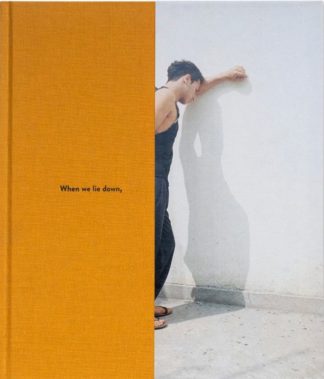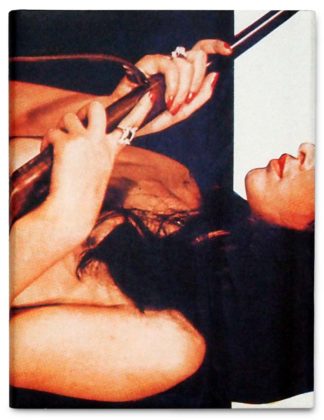Les îles Féroé, un territoire du Royaume de Danemark, sont situées à 320 kilomètres au nord-nord-ouest de l’Écosse, et à mi-chemin entre la Norvège et l’Islande. Le paysage est aussi époustouflant que dur. La pêche est la principale industrie du territoire et, bien qu’elle se soit modernisée à bien des égards, elle demeure une industrie liée à la tradition et principalement dirigée par les hommes. Pendant que les hommes vont en mer, les jeunes femmes sont attirées à l’étranger pour étudier ou suivre une formation à Copenhague ou dans d’autres villes européennes. Plus de la moitié de ceux qui partent ne reviennent jamais et, par conséquent, la population de 54 000 personnes a un déficit de genre d’environ 2 000 femmes — le déficit est de 10 % chez les femmes en âge de procréer.
Andrea Gjestvang était intriguée par la façon dont la tendance démographique avait défié et changé la société féroïenne et les hommes qui ont choisi de rester, ce qui est devenu l’épine dorsale de son projet. Elle était curieuse de connaître la vie des hommes non mariés dans les petites collectivités où l’impact était le plus marqué. Bien que le projet se concentre sur les îles Féroé, la tendance est symptomatique de ce qui se passe dans de nombreuses autres régions rurales d’Europe et dans le monde. Atlantic Cowboy donne un aperçu de la façon dont les rôles masculins traditionnels et l’identité sont remis en question par la société moderne.
Les photographies dans le livre dépeignent l’immensité de la terre, du ciel et du paysage marin dans laquelle la présence humaine est éclipsée. Elle montre les intérieurs domestiques et les unités familiales, les oiseaux transformés et les moutons abattus, les célébrations sociales, les hommes en mer, les bains à remous et les moments d’intéractions physiques. Ces détails révèlent la dureté de la vie sur le territoire ainsi que l’endurance, la camaraderie et la communauté.
L’homme était, pour ainsi dire, trop important et irremplaçable dans le rôle du « chasseur » luttant pour la survie de sa famille et de sa communauté pour être affecté à un poste spécial à la maison. C’était un pêcheur, un baleinier, un éleveur de moutons, un pêcheur, un constructeur de bateaux, un conteur et bien d’autres choses en même temps. Sa performance n’était pas une manifestation de masculinité, mais plutôt un élément de la manière modeste des insulaires du Nord… Je peux simplement affirmer que les Féroé d’aujourd’hui… sont très différents de la société de la fin du XXe siècle. Il n’est plus facile de diriger le mode de vie lent et simple des villages. Les choses deviennent de plus en plus complexes et imprévisibles. Les « hommes dociles » s’adaptent aux nouvelles exigences et attentes sociétales, mais non sans résistance. -Firouz Gaini, professeur agrégé d’anthropologie à l’Université des Îles Féroé.
The Faroe Islands, a territory of the Kingdom of Denmark, are located 320 kilometers north-northwest of Scotland, and about halfway between Norway and Iceland. The landscape is as breath-taking as it is harsh. Fishing is the main industry of the territory and although it has modernised in many ways, it is still an industry bound by tradition and mainly run by men. Whilst the men go to sea, the young women are drawn abroad for study or training in Copenhagen or other European cities. More than half of those who leave never return and as a result the population of 54,000 has a gender deficit of around 2000 women—the deficit is 10% among women of reproductive age.
Gjestvang was intrigued by how the demographic trend had challenged and changed both Faroese society and the men who chose to stay—this became the backbone of her project. She was curious about the lives of unmarried men in small communities where the impact was most pronounced. Although the project focuses on the Faroe Islands, the trend is symptomatic of what is happening across many other rural areas of Europe and across the world. Atlantic Cowboy provides an insight into how traditional male roles and identity are being challenged by modern society.
The photographs in the book depict the vastness of the land, sky and seascape against which the human presence is dwarfed. They show the domestic interiors and family units, birds being processed and sheep being slaughtered, social celebrations, men at sea, hot tubs and hours of physical graft. These details reveal the harshness of life in the territory alongside steadfast endurance, companionship and community.
« Man was, so to speak, too important and irreplaceable in the role of the ‘hunter’ struggling for the survival of his family and community to be assigned a special position at home. He was a fisher, a whaler, a fowler, a beachcomber, a sheep-breeder, a harvester, a boat builder, a storyteller and many more things at the same time. His performance was not a manifestation of masculinity, but rather an element of the unpretentious way of the islanders of the North…Now, I can just affirm that present-day Faroese…is very different from the society of the late twentieth century. It is not easy to lead the slow and simple way of life of the villages anymore. Things are getting more complex and unpredictable. The ‘pliable men’ are adapting to new societal demands and expectations, but not without resistance. »
Firouz Gaini, Associate Professor of Anthropology at the University of the Faroe Islands.
_
Andrea Gjestvang is a photographer based between Oslo and Berlin. In 2012 she finished the project ‘One Day in History’ with portraits of the young survivors of the 22 July 2011 terror attack at Utøya island, Norway. The project gained international recognition, exhibitions and awards, including the prestigious L’Iris d’Or/Sony World Photography Awards Photographer of the Year 2013. After graduating from OsloMet, Gjestvang has worked on assignment and published work in international publications such as Time Magazine, The New York Times, Stern, Newsweek Japan, M Le Monde and Mare magazine, amongst others. Her work has been exhibited in galleries and museums including Ullens Center for Contemporary Art in Beijing, Munchen Stadtmuseum and The National Photographic Museum of Colombia. Gjestvang is a member of Panos Pictures.

